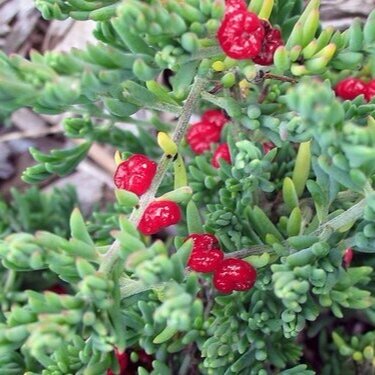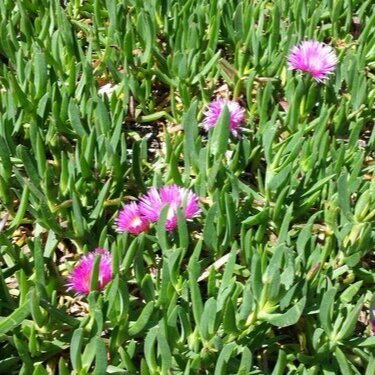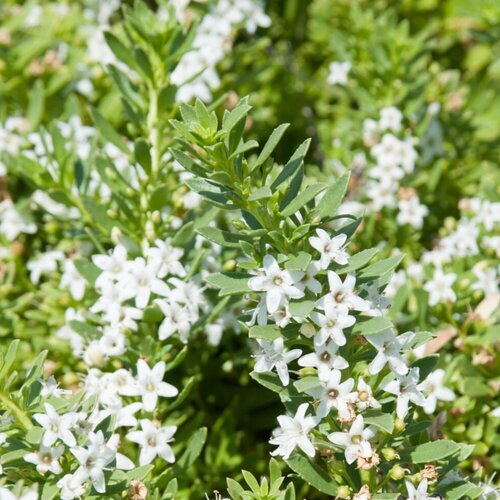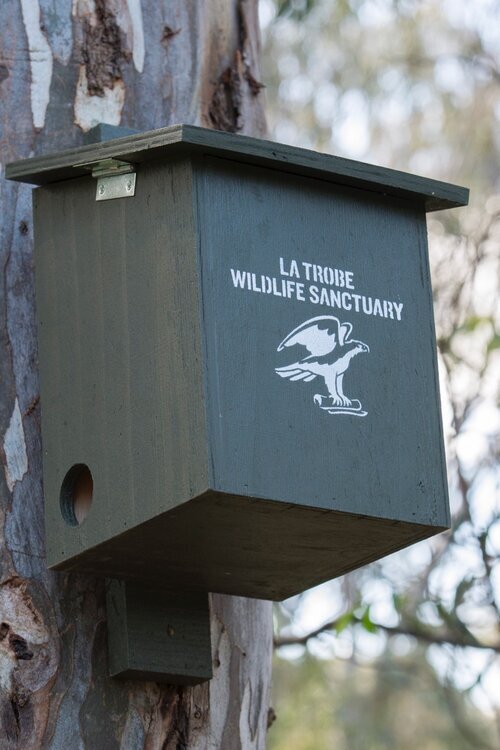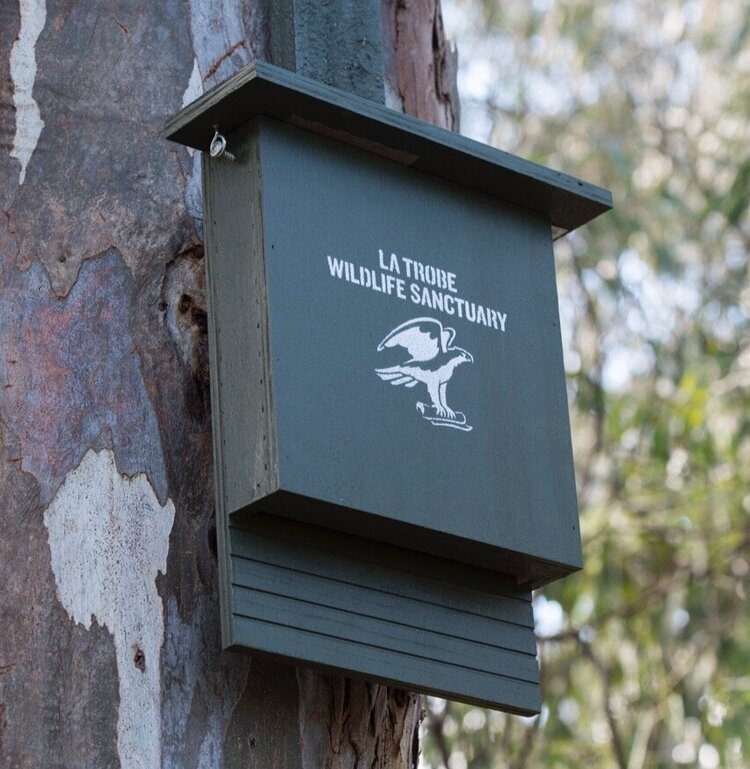After the fires
Australia has been through a lot over the past few months and most of us have felt helpless and distraught by it all. I have put together a few simple ways to help and, if each one of us makes one small change, in the grand scheme of things, it would be a big national movement.
Nesting Boxes
Tree hollows are essential habitats for many Australian animal species and with the devastation left by the recent fires many animals are without homes or breeding sites. The bush will regenerate but unfortunately, hollows take hundreds of years to form. Small hollows with narrow entrances take 90-100 years to form; medium to large hollows take up to 200 years; and, for larger species like the Black Cockatoo, it takes even longer. If you live in or around bushland unaffected by fires or within an area that has been burnt, putting up nesting boxes is a great way to help support local wildlife.
We need to remember that we must diversify the types of nest boxes as mammals, reptiles and birds all support each other in different ways. A very interesting statistic that I wasn’t aware of until late last year is that birds make the smallest percentage of species to occupy hollows with only 17% needing a hollow. Reptiles come in second with 28% and mammals make up the largest percentage with 42%.
People may think that they need a large property to put up a nest box but this is not the case, many animals within Australia have adapted themselves to live in different environments and if we implement a few new practices around our homes and streets, we could support and offer homes for even more of them.
For the Urbaner
Wildlife occupy a range of environments and if we provide food sources and refuges in our gardens, parks and on street verges, we could support a variety of native wildlife! The use of native & indigenous planting, shelters and nesting boxes are a great place to start.
Adaptive animals, such as Magpies, Ravens, Mudlarks, Lapwings, Possums, Bats, Corellas and Wrens have integrated well into urbanised environments and this is because we have changed the landscape in a way that has suited these species. Dense shrubbery & hedges within gardens support small birds like Wrens and Silvereyes; large parklands draw in Magpies, Mudlarks and even Macropod species; and, wetlands and ponds cater for Ducks, Moorhens, frogs and insects, not to mention those who come visit for a drink!
I like to remind my clients that if you want to help wildlife, look around your local area to see what native birds and animals are already there. Then, do a basic Google search on what those animals eat and nest in and see if you can pop the plants or nest-boxes in your garden. Although you may live in a town or a city, you would be amazed at what will move in to occupy your little garden and if everyone makes a small change in their space, we would be creating a unique urban habitat! Not only this, but by supporting the native species you reduce the competition between them and introduced ones such as Indian Mynas.
Rural & Bushland occupants
If you own a rural or bush block, then you have a great space to support wildlife.
You can still have those amazing exotic plants but, we must be responsible in our choices. I always advise to select exotic species won’t become a weed to the local environment. Look at the indigenous and native plant species local to the area and plant these throughout the garden. More and more nurseries are creating cultivars of these types of plants too so you can have even more showier varieties. Many people say that native plants pose the risk of fire and in some cases this is true but, we also have fire retardant species. Species like Atriplex cinerea, Myoporum parvifolium, Scaevola hookeri, Enchylaena tomentose, Carpobrotus rossii are just a few of many species that won’t burn, even after prolonged exposure.
Water
Water is another valuable element to these areas. Try creating swales and natural water runoff from overflows from the house, sheds and land that feed the garden or collect in a pond or wetland. This will allow for more moisture to enter the soil and support plants that increase moisture in the air. Of course, there are many different types of environmental conditions but, when a landscape has been cleared of vegetation it dries out quicker and grasses can contribute to fire risk.
My contribution
I spent the day on our bush block in Waterloo installing nesting boxes for Kookaburras, Rosellas, Brush-tailed Phascogale and Micro-bats. We were very lucky as a fire came through and burnt many areas of the bush around us, but left our block untouched. We noticed an influx of animals on our wildlife cameras shortly after. Therefore, I thought I would add some boxes to help provide habitat for the locals. We are lucky as we don’t have Indian Mynas but, if you do have these birds around your area, be specific with the types of boxes you install as they can destroy the eggs and kill the young of native birds. Try installing boxes with smaller openings to mitigate this.
This is only a little bit of advice I have shared but I hope it helps. If each of us do a little research, make a small change by planting indigenous plants; installing a nesting box; and, being more conservative with water then that would be a big conservation effort!
And if you do want to revegetate parts of your property research plants that provide a food source, shelter and hollows. They may not produce a home in your lifetime, but they will one day.
Originally written by Emmaline Bowman for Birds in Backyards
